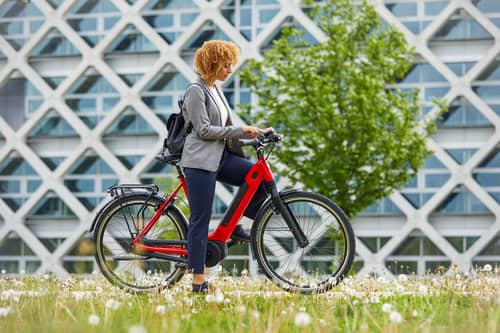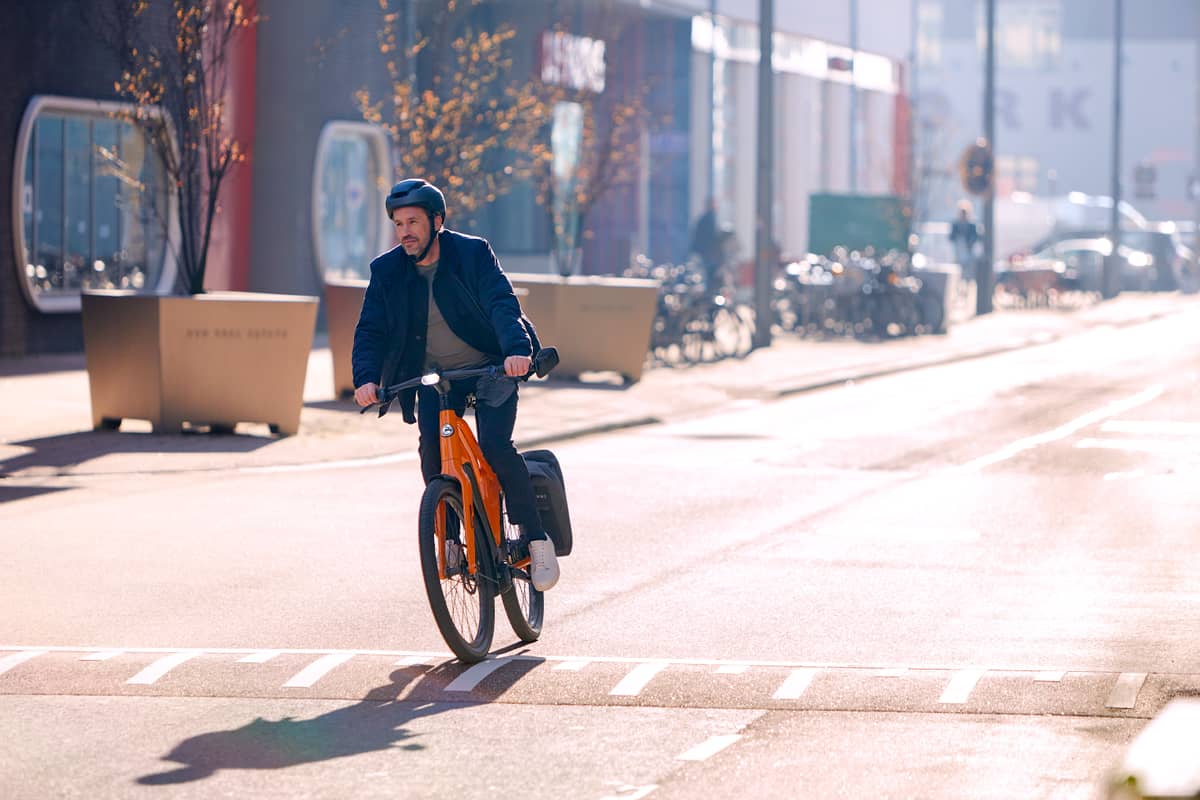
Have you ever experienced how a supposedly distant cyclist suddenly appears almost in front of your vehicle while you are turning into a street? This scenario is an example of the change in the structure of road users in recent years. With the increasing popularity of e-bikes, they are now an integral part of the road scene, but often underestimated because they go faster.For this reason, we have compiled the current traffic rules and tips for you, so that you are always safe on the road.
While all motor-assisted bicycles are commonly referred to as e-bikes, there are differences. And these are also taken into account in the regulations. Pedelecs (Pedal Electric Cycles), for example, have a maximum speed of 25 km/h. Here, a motor provides assistance, which is switched on as needed. However, you still have to pedal yourself. An S-pedelec (speed pedelec), on the other hand, can be ridden at speeds of up to 45 km/h. The power output is limited to a maximum of 1,000 watts. The power is limited to 4,000 watts. Here, you also have to pedal yourself. The actual e-bike, on the other hand, can be ridden without assistance, powered solely by the electric drive. With a top speed of 25 km/h and max. 500 watts, it is a comfortable means of transportation.
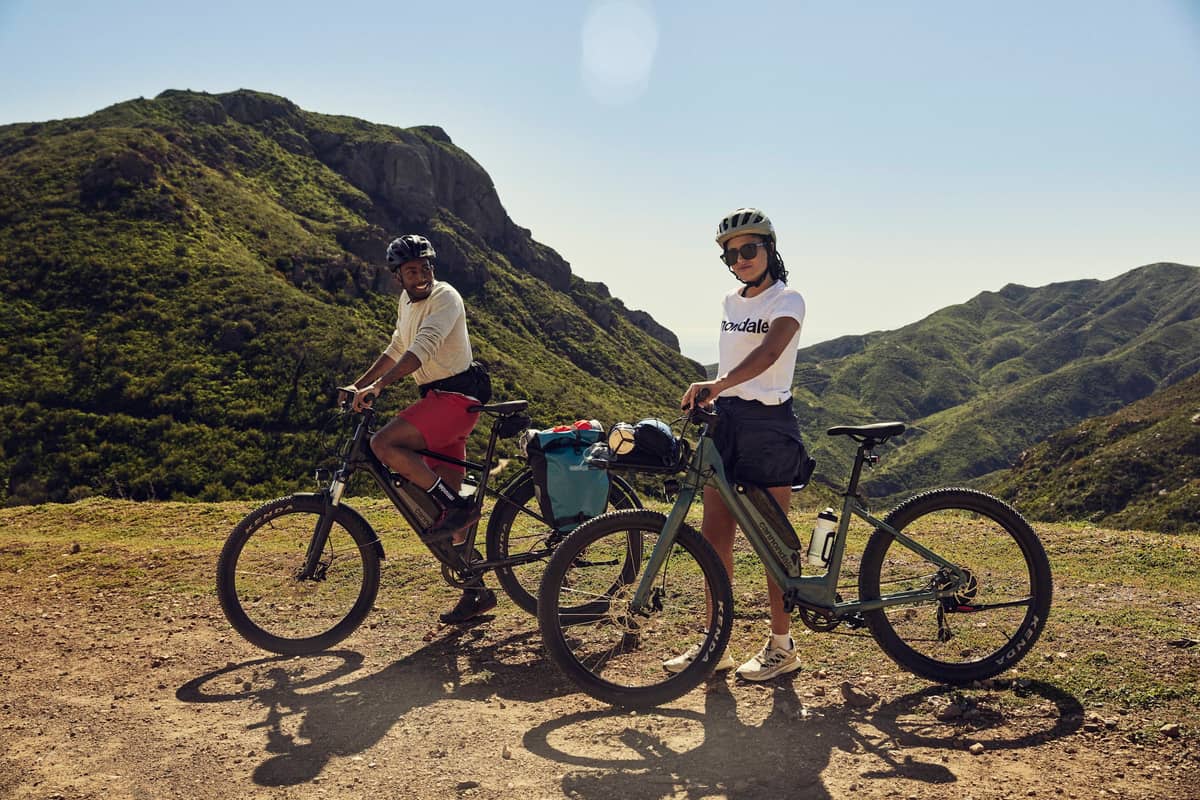
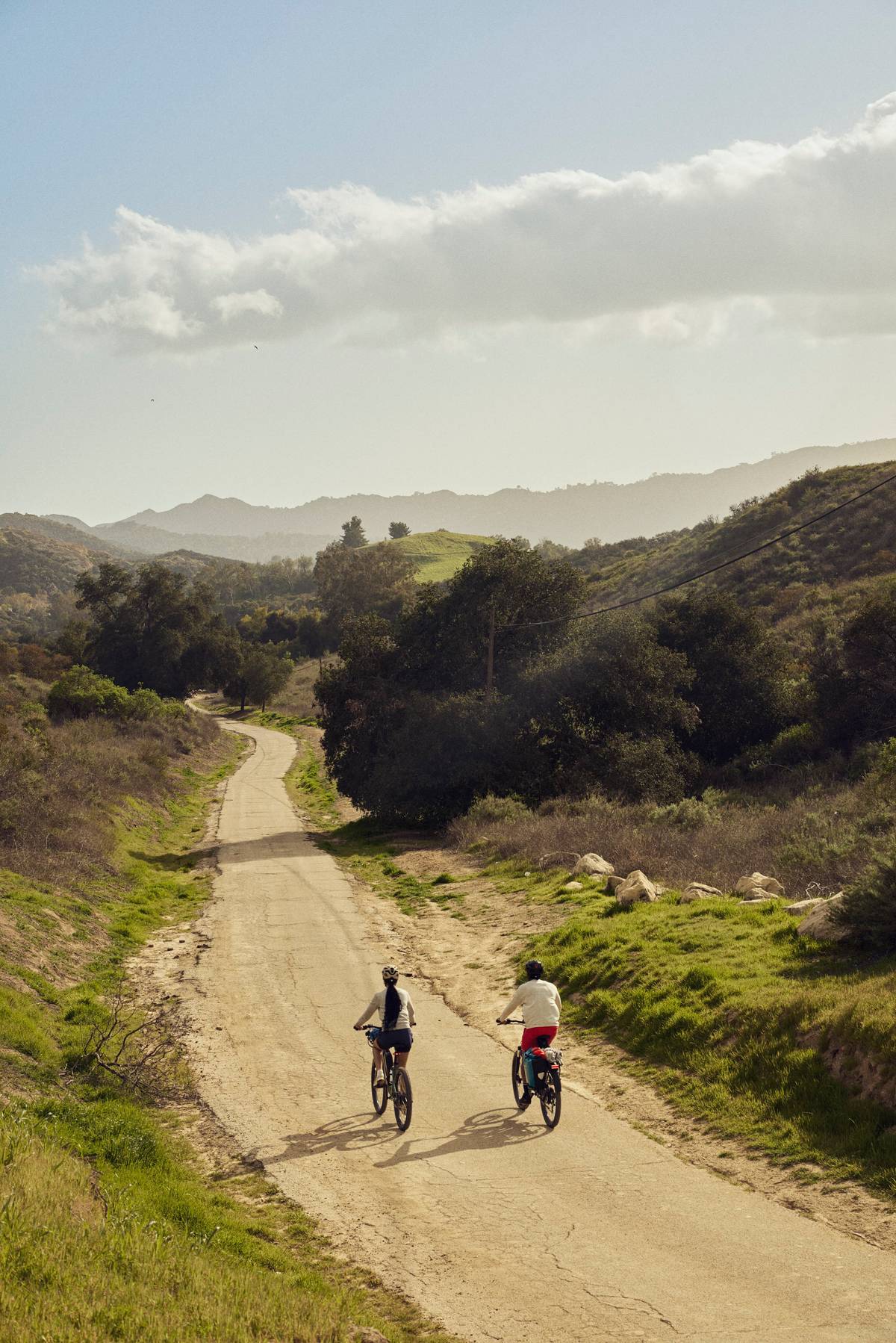
Recommendations
For safe participation in road traffic, it is recommended that you always allow for a longer braking distance. Also, adjust your speed to the conditions.
In addition, conspicuous clothing or a signal vest contribute to better visibility. A forward-looking and defensive driving style provides additional safety. Always keep a watchful eye on traffic. Use hand signals to communicate your intentions to other road users when turning or stopping.
Other countries, other regulations
If you are traveling by e-bike, other countries will probably have different laws regarding mandatory helmets, identification, license plates or the use of bike lanes. It is best to find out about the national regulations before you start your trip so that nothing stands in the way of a carefree journey.
To ensure that your new bike is a safe and functioning companion for work and leisure, you should have it serviced regularly. You can easily carry out some maintenance yourself without contacting a professional. We have summarized some tips and tricks.
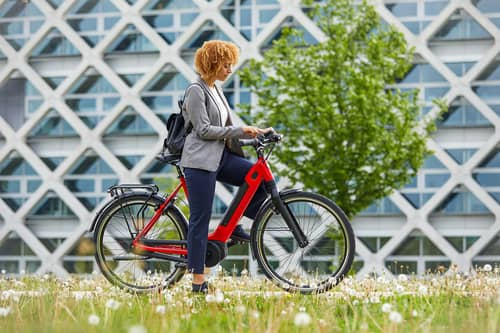
E-bikes have established themselves as a permanent fixture in urban areas, i.e. cities, and are enjoying great popularity. In rural areas, they are also gaining more and more fans, as they are motorized in an environmentally friendly way, making it easier to cover longer distances. The motorization of e-bikes offers a real advantage over non-motorized bicycles.
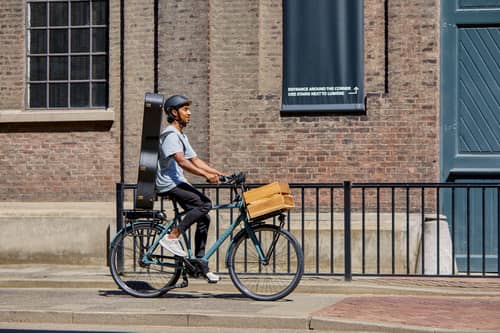
The correct tire pressure plays a decisive role in cycling for the driving experience, the effort and not least the safety. It also influences the service life of the tires. It is therefore important to observe the correct tire pressure and adjust it accordingly.
